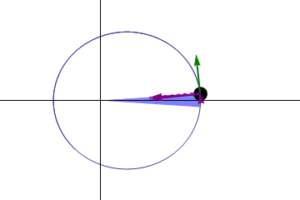
The Power of Perihelion
We are all familiar with the idea of holiday stress. That feeling that time is going by faster and faster from Autumn until New Years.
Home » Science | Pseudo-Science | Conjecture » Astronomy » Perihelion

We are all familiar with the idea of holiday stress. That feeling that time is going by faster and faster from Autumn until New Years.
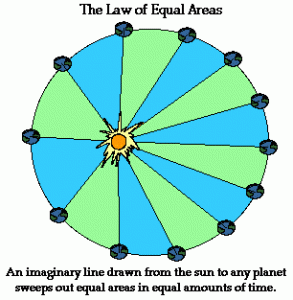
In 1246, the December Solstice was on the same day as the Earth reached its perihelion. Since then, the perihelion and aphelion dates have drifted
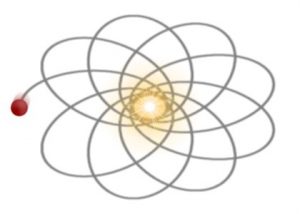
This information may be the most important regarding my hypothesis of a connection between Perihelion and the structure of the ancient calendars. It made me
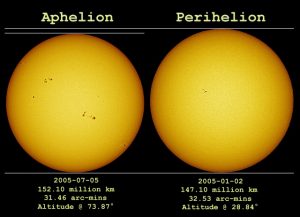
Elliptical orbit The AU is the average distance from the Earth to the sun. Earth makes a complete revolution around the sun every 365.25 days — one year.
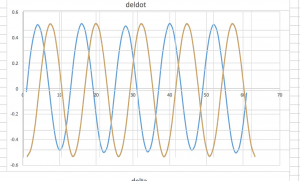
Change in earth’s orbital velocity over 1 year Actual JPL Ephemera Data Note the strange bumps in the acceleration near the time of perigee and
By EarthSky in Astronomy Essentials | Space | January 1, 2018 December solstice 2017 was December 21. Earth is closest to the sun for 2018 on January 2-3. Coincidence? Earth
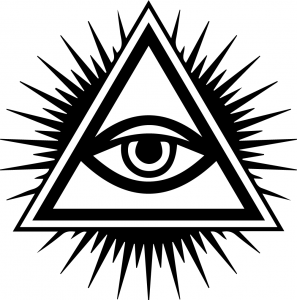
Fact: John Hancock delayed the signing of the Declaration of Independence by at least one day so that it would fall on July 4th. What
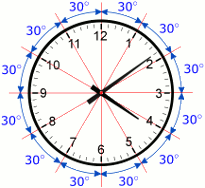
Ancient Roman Holidays & Festivals Compitalia – Late December or Early January Originally the Compitalia was a movable feast, one of the most important of
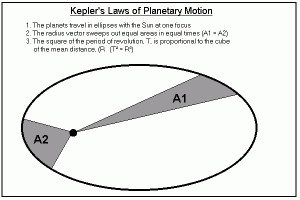
The Laws of Planetary Motion I. The orbits of the planets are ellipses, with the Sun at one focus of the ellipse. II. The line
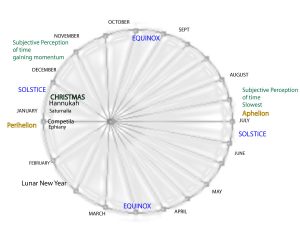
Consider this; As the winter holidays approach, the earth is approaching the sun. It is gaining velocity at an increasing rate. This acceleration increases until
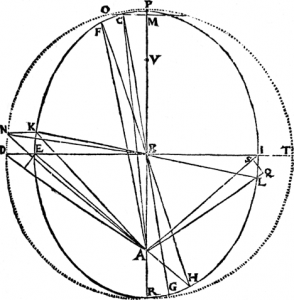
How fast does the Earth go at perihelion and aphelion? The formula for the velocity of an object at some distance r from the
Earth at Perihelion On January 4, 2001, our planet made its annual closest approach to the Sun.Listen to this story (requires RealPlayer) January 4, 2001 — This morning
Kepler’s Law Question: The Earth is closer to the sun in the winter than in the summer, according to Kepler’s law. If this is the